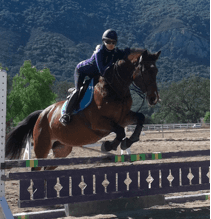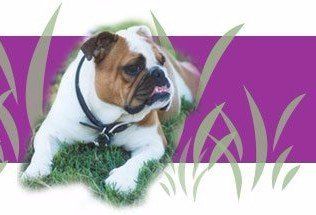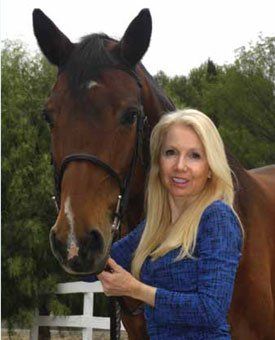
Dear Editors,
I would like to update you on my horse’s progress after you published an article about us in November/December 2011 entitled, “Laura’s Miracle Mare.” At that point, roughly three years after her life-threatening injury, I had just begun lightly riding her under saddle – which was a joyous miracle at the time.
Since then, my mare Cassie has continued to progress and I want you and your readers to know how much I have learned from this experience. I now understand the statement, “My life changed in a matter of seconds,” as it did when Cassie shattered one of her pastern bones in her right front leg into over 15 pieces while cantering on a lunge line. I felt as if my world had collapsed. We were so blessed to have an amazing surgeon who saved Cassie’s life. While most everyone thought that Cassie would be a retired pasture horse at best, we had other dreams.
Our journey has been fraught with both tears of sorrow and tears of joy, but we just kept putting one “hoof” in front of the other. It was a long arduous road against the worst kind of odds. Frequently I asked myself if we were going forward or backward. Others expressed doubt and often shook their heads. But we were on a mission and we never lost sight of our dream and the belief that miracles can happen. Cassie’s perseverance, patience and heart got us through those tenuous first six months and I decided I would let Cassie show me how far she wanted to go.
I knew that if given the chance, horses have an amazing ability to heal. In Cassie’s case, I had an extra advantage — a horse with the biggest heart ever. Not only did we walk under saddle, but we trotted and cantered and more recently we are jumping again! It’s been over six years since her injury and I know how very lucky I am to have a horse like Cassie, who wanted her job back and would not let anything get in her way. I held that space for her and never let it go. Thanks so much for letting us share our inspirational story in your magazine.
-Dr. Laura Mann, Mann Formulations, Agoura Hills, CA

When it comes to arthritis, our animals are not very different from ourselves. The cumulative effect of years of use causes degenerative changes in the joints whether human or animal. This can lead to osteoarthritis, a wearing down of the joints and cartilage (or cushion covering the joints), and a decrease in joint lubrication. Pain, stiffness, swelling and inflammation inevitably result.
The standard treatment regimen for joint pain and inflammation includes the use of cortisone-containing drugs and NSAIDs (non-steroidal anti-inflammatory drugs) such as rimadyl, etogesic and metacam for dogs; robenacoxib for cats; phenylbutazone (bute) for horses; and advil, aleve, motrin and aspirin for people. These drugs help to manage the pain, but do not come without serious side effects. Cortisone can cause cataracts, glaucoma, diabetes, liver disease, thyroid suppression, osteoporosis, bone necrosis (decay), peptic ulcer and lowered immunity to disease. The side effects of NSAIDs include gastrointestinal ulcer, liver and kidney disease and failure and bone marrow suppression. In addition, there is evidence that long-term use of cortisone and NSAIDs actually damages the joints and accelerates the progression of joint deterioration.
Many people are not aware of these side effects for themselves or their animals until serious damage is done. I always recommend trying natural alternatives first before taking or giving medication, as the body can only handle so many "hits" before it "springs a leak" so to speak. Natural products are not going to work in every situation, but very often they can help or at least alleviate some of the symptoms. Often I will recommend the use of alternative medication along with a very small dose of the western medication if there are no contraindications to doing so. If a drug does need to be taken, I recommend supplements to protect the liver, kidneys, bones and gastro-intestinal system.
Humans and animals alike have an amazing healing ability if given the right nutritional support and time. I recommend my EZ Motion products to help decrease joint pain and inflammation, repair and renew injured joint structures and to slow joint pain and cartilage deterioration for ourselves and our animals. In addition, EZ Motion is ideal to prevent and maintain joint health in animals prone to joint problems, either due to breed, structure or other health considerations. EZ Motion formulations are available for people, horses, dogs and cats.
Copyright © 2016 Mann Formulations, All rights reserved.



